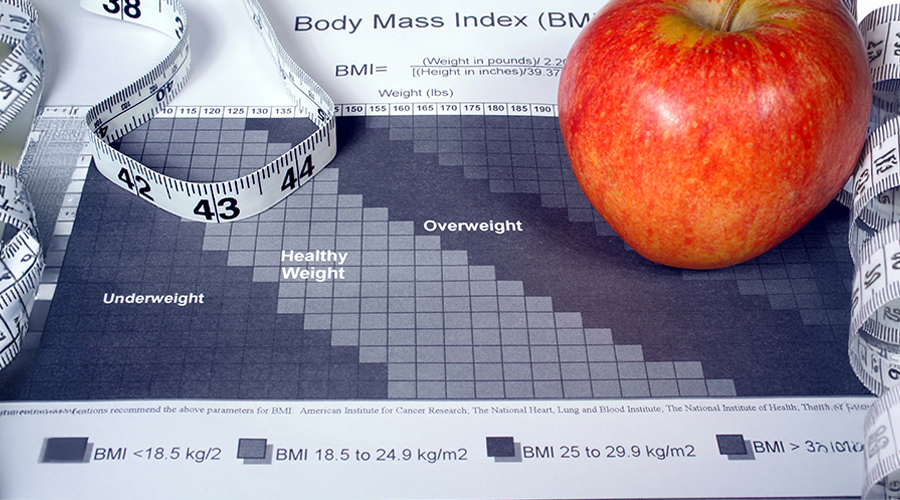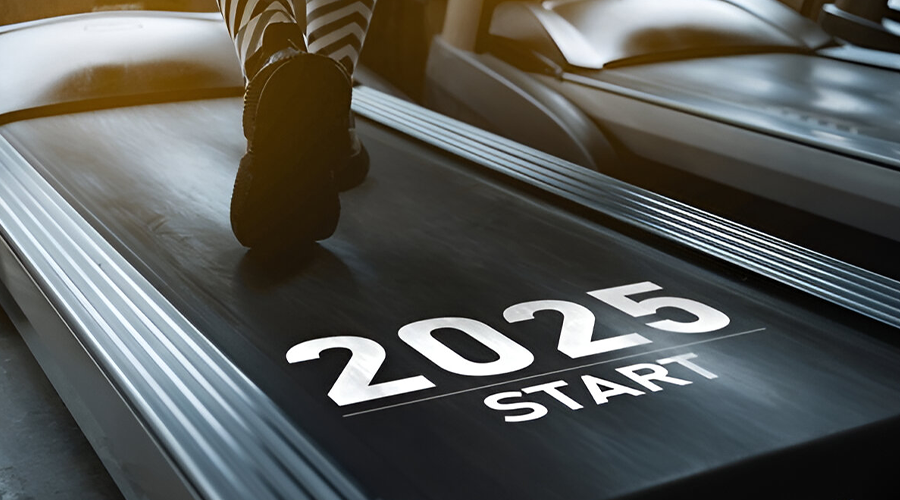Why Tracking Your BMI is Just Not Enough
12 December 2024
Hello Ziddis! For years BMI has been the metric for evaluating health. It is the first question to be asked on any health survey, your dietician’s clinic or even your fitness tracking app. However, unless you understand the nitty gritty of the number on your BMI chart, you are never going to understand what steps to take to fix it or maintain it. Let us take a plunge and touch base on our basics of Body Mass Index!
What is a BMI Calculator?
BMI or Body Mass Index is the estimation of a person’s body fat based on their height and weight. It is a quick check to screen oneself and check if they are overweight, underweight or just the right weight.
A BMI Calculator is used to determine that. It is a simple formula that uses your height and weight and places you on a chart that determines if your body fat quotient is healthy enough. A. The formula is simple:
BMI = weight (kg) / height (m²)
While this is easy to calculate using a BMI calculator, it does not account for the contribution of our muscle mass, bone density and fat distribution making it slightly misleading. The limitation is not always reliable when you are hoping to seriously take the matters of your health and fitness into your own hands.
Body Mass Index Chart
You know the formula to calculate the BMI now. The next step is simply to check out this body mass index chart and figure out where you stand. The Body Mass Index chart is as follows:
- BMI < 18.5 indicates you are underweight
- BMI 18.5 – 24.9 indicates you are in the normal weight category
- BMI of 25 – 29.9 indicates you are overweight and need to act quickly about it
- BMI> 30 is a sign of being obese which needs to be diagnosed and treated with a plan of action.
This chart only provides a broad overview but not the cause of this which makes the body mass index chart slightly limited.

BMI Calculator Men
In the case of men especially those who engage in strength training and bodybuilding may find themselves in the overweight or obese category. This is because the BMI calculator for men does not exist and BMI as a concept is generalized. Hence it is important to go deeper when calculating this BMI to make any predictions about your body. It is useful to track metrics like body fat percentage and muscle mass too.
BMI Calculator Female
The BMI Calculator for females don’t exist either so the part where the body composition is taken into consideration is tossed out. A woman’s body goes through changes in her hormonal cycle due to menstrual cycle or pregnancy and the fat distribution is impacted too. This makes BMI a poor indicator of health metrics for women as well. A better approach for women is to focus on measurements such as wait-to-hip ratio and overall hormonal fitness.
BMI Calculator by Age
Another added layer of complexity to calculating BMI is the age factor. BMI calculator by age should have been a concept to be considered seriously. But since it is not we should not rely solely on BMI and instead also try to check our muscle mass and bone density as it often reduces as we age.
What Should You Track Instead of BMI?
Since BMI is outdated and inaccurate in most cases because of the lack of basic personalization, it is not enough to understand your health metrics. What we can monitor instead of BMI is:
- Body composition varies in the genders
- Waist-to-hip ratio
- Muscle mass seems more relevant in people who work out for bodybuilding.
- Bone density
- Cardiovascular fitness
- Strength levels
- Stamina
- Cholesterol levels
- Hormone check
Takeaway
While BMI may be outdated and inaccurate it is a starting point but definitely not the whole story. Understand your body’s needs. When getting conscious about your health, make sure to try out supplements. If you are trying to bodybuilding, give a shot to bodybuilding supplements and if you are trying to stay lean, befriend oats protein. Just like your diet and supplements change, the metrics by which you measure your health and fitness change too. Grow into it and remember your health is about progress not a perfect number on the scales.









 100% Safe & Secure payments:
100% Safe & Secure payments:




